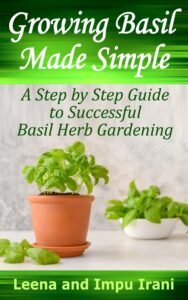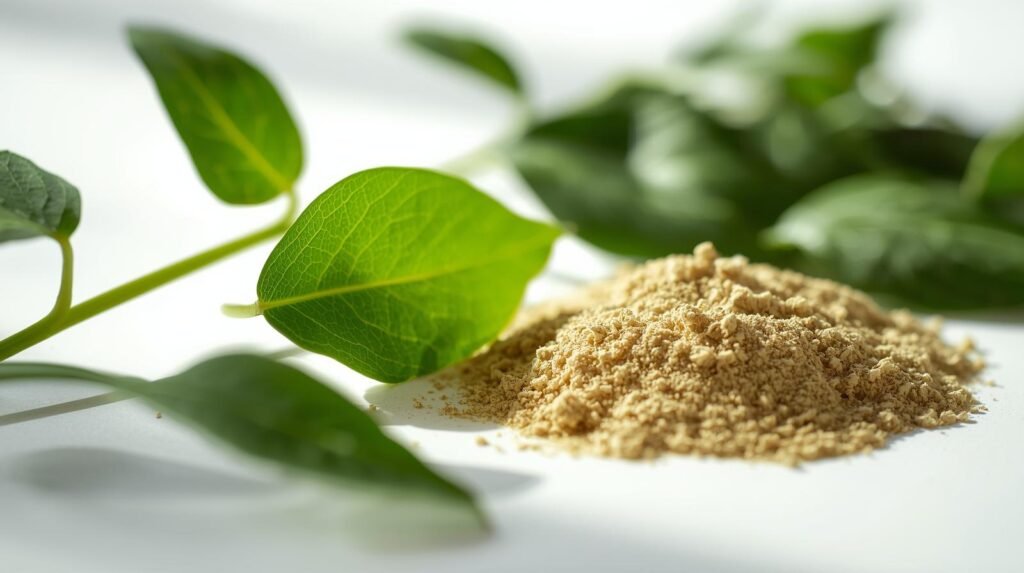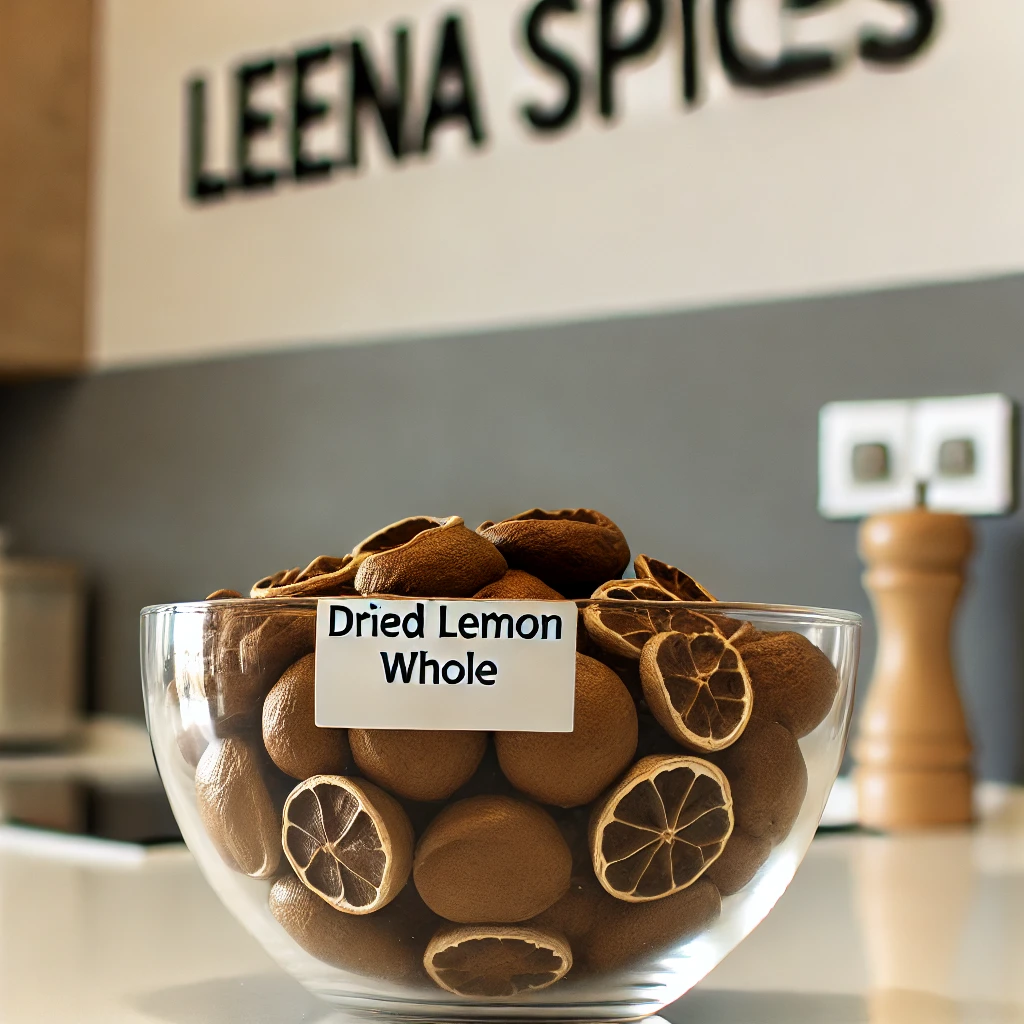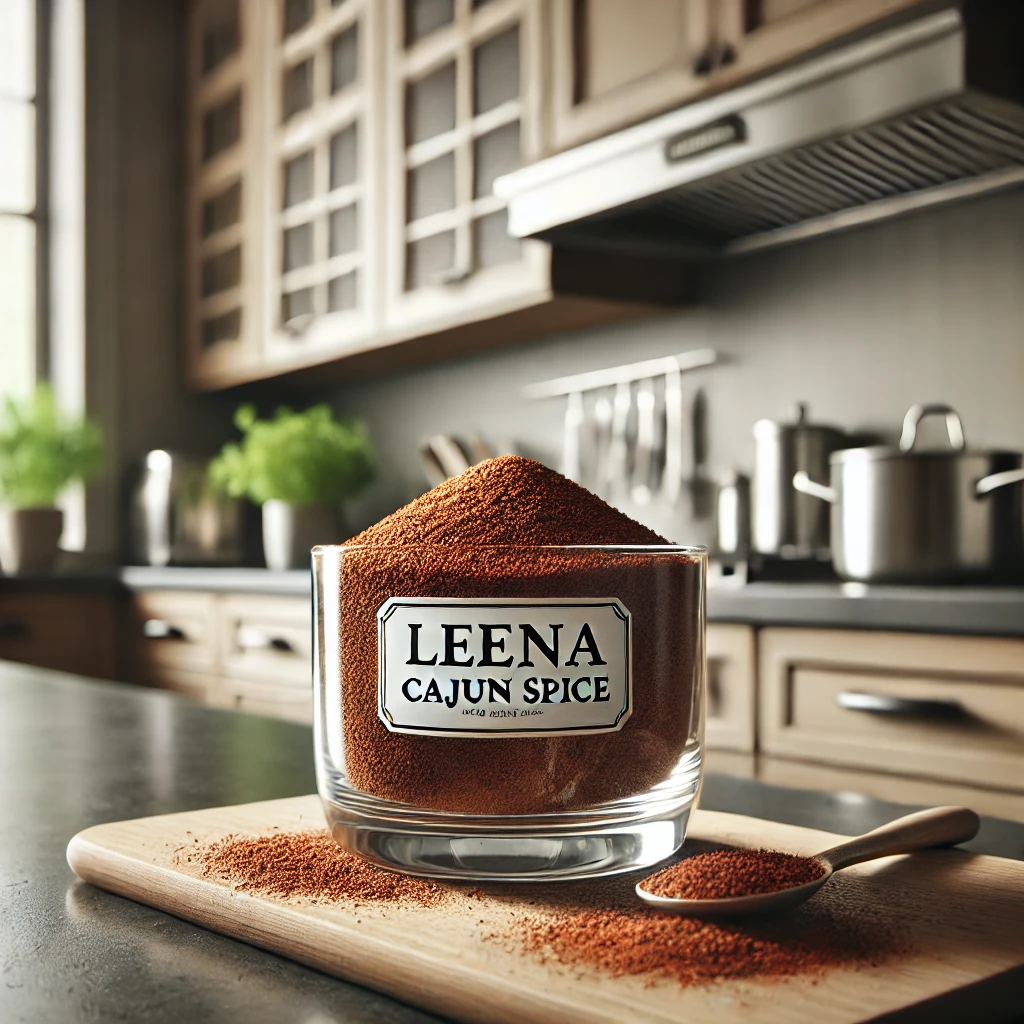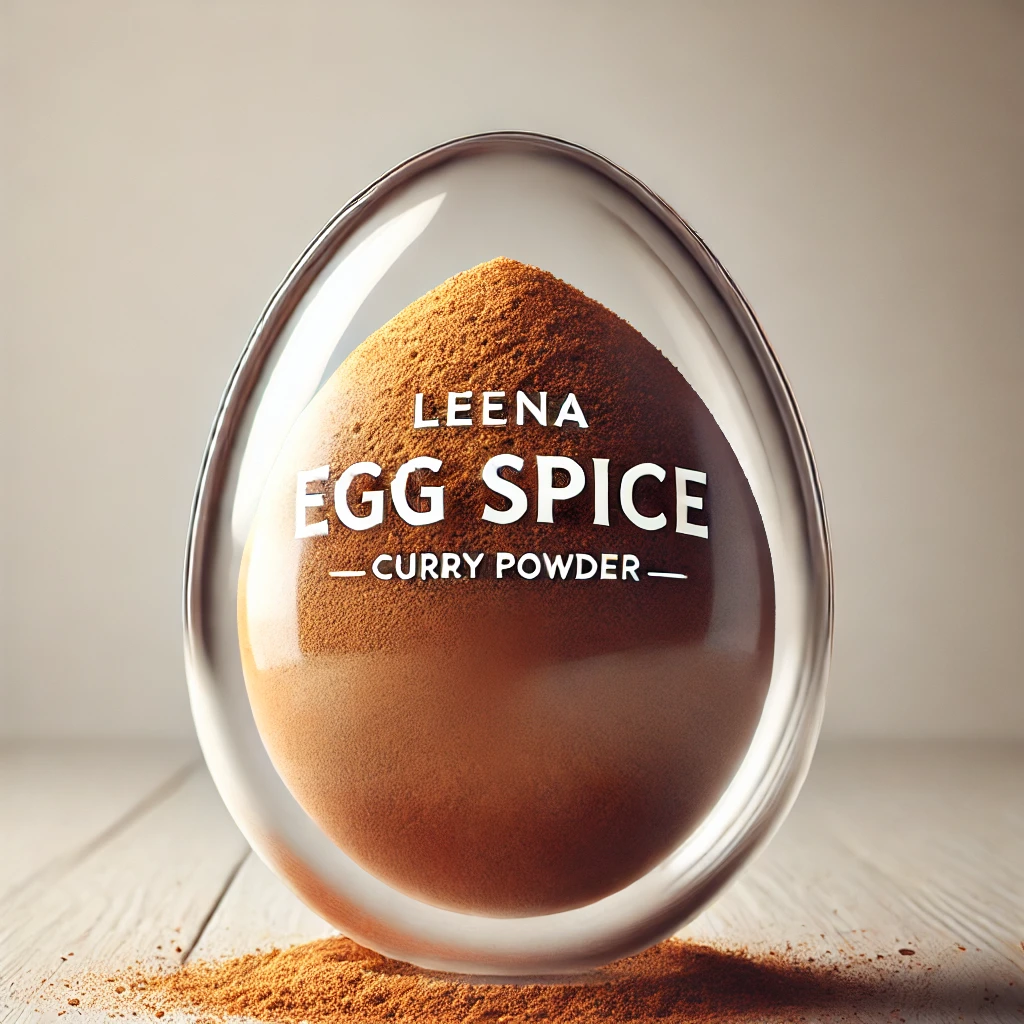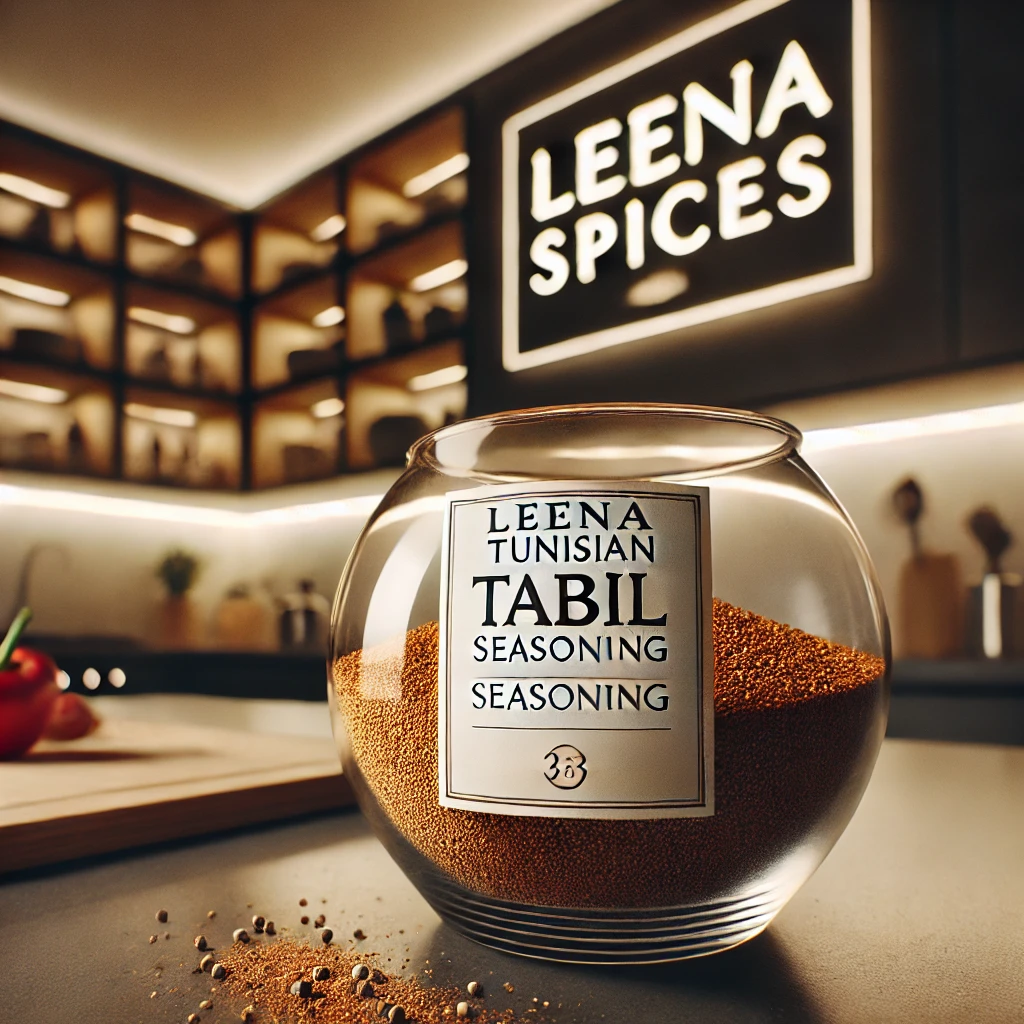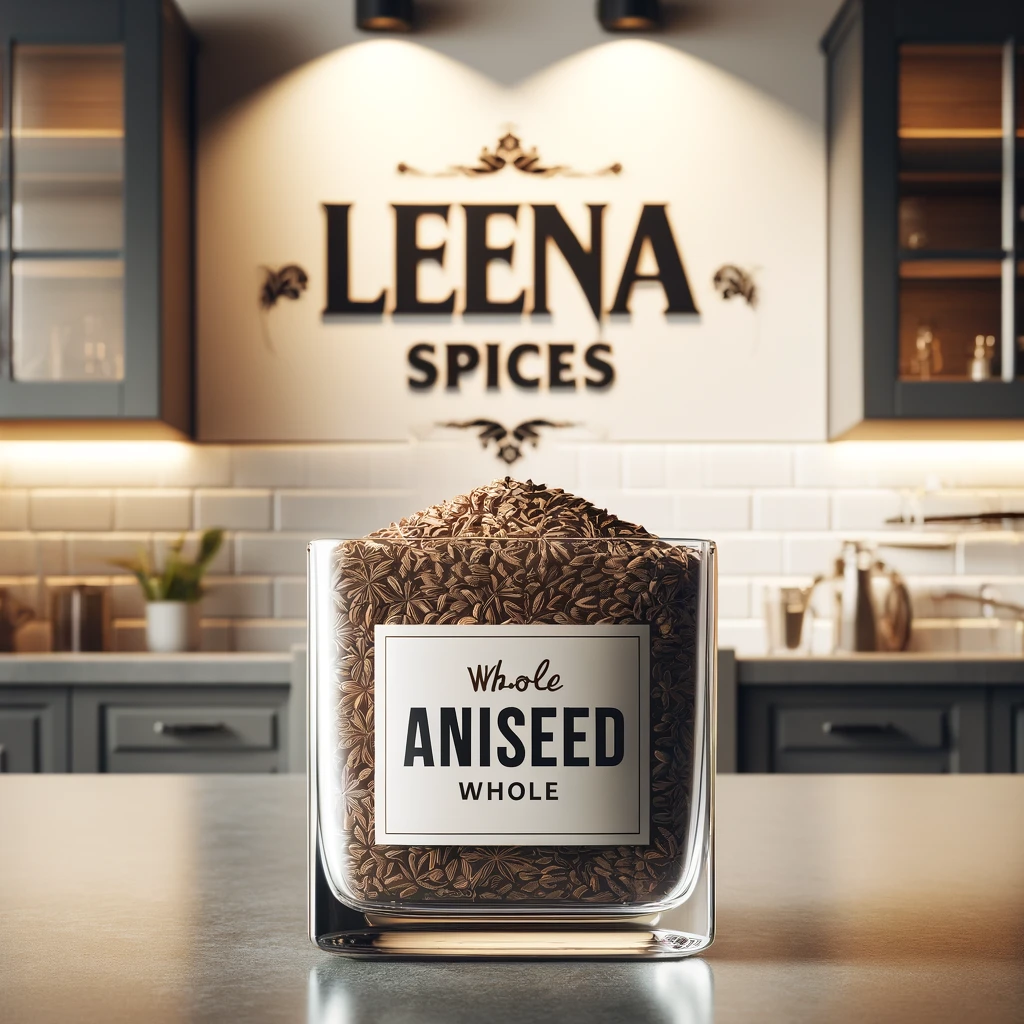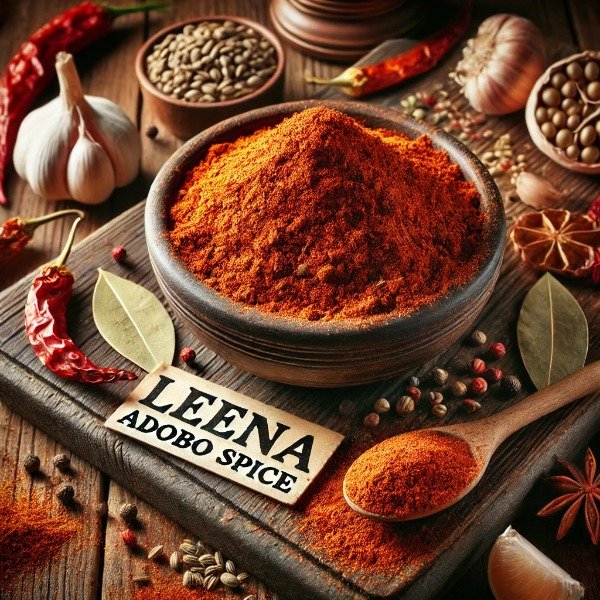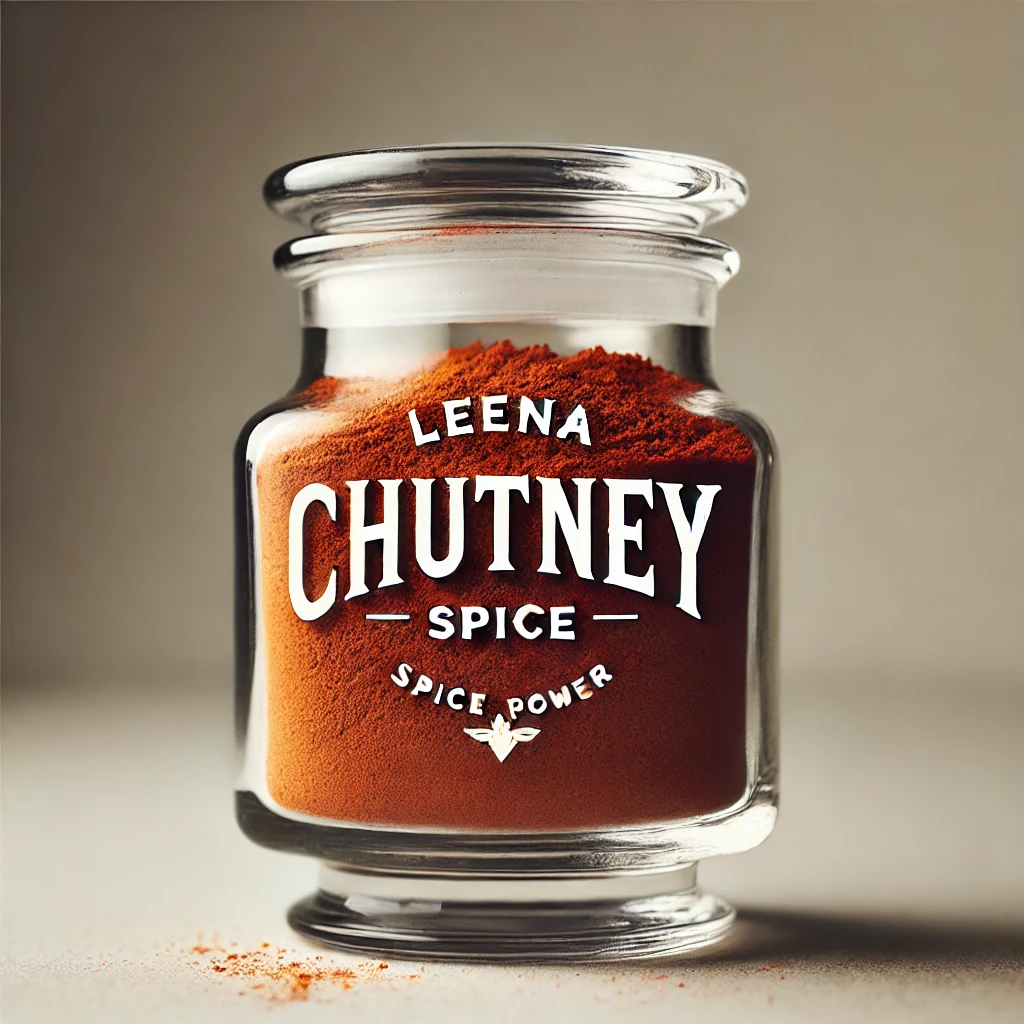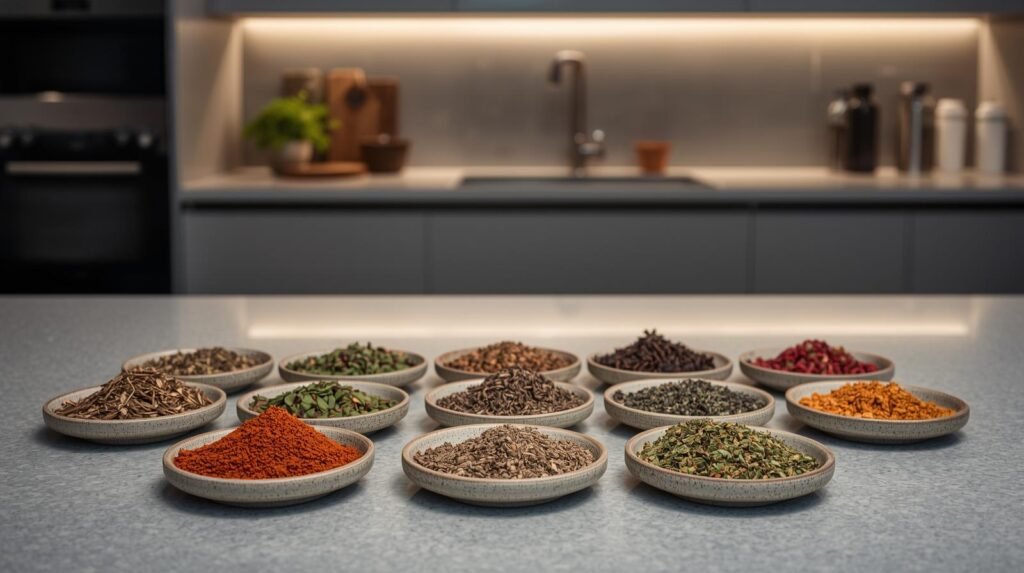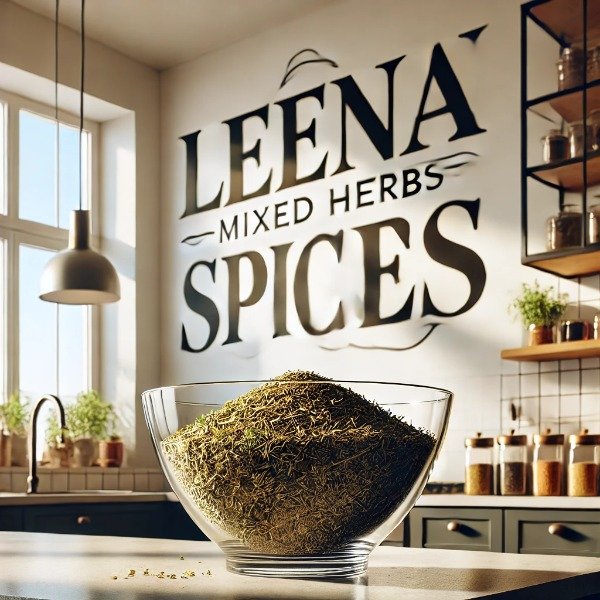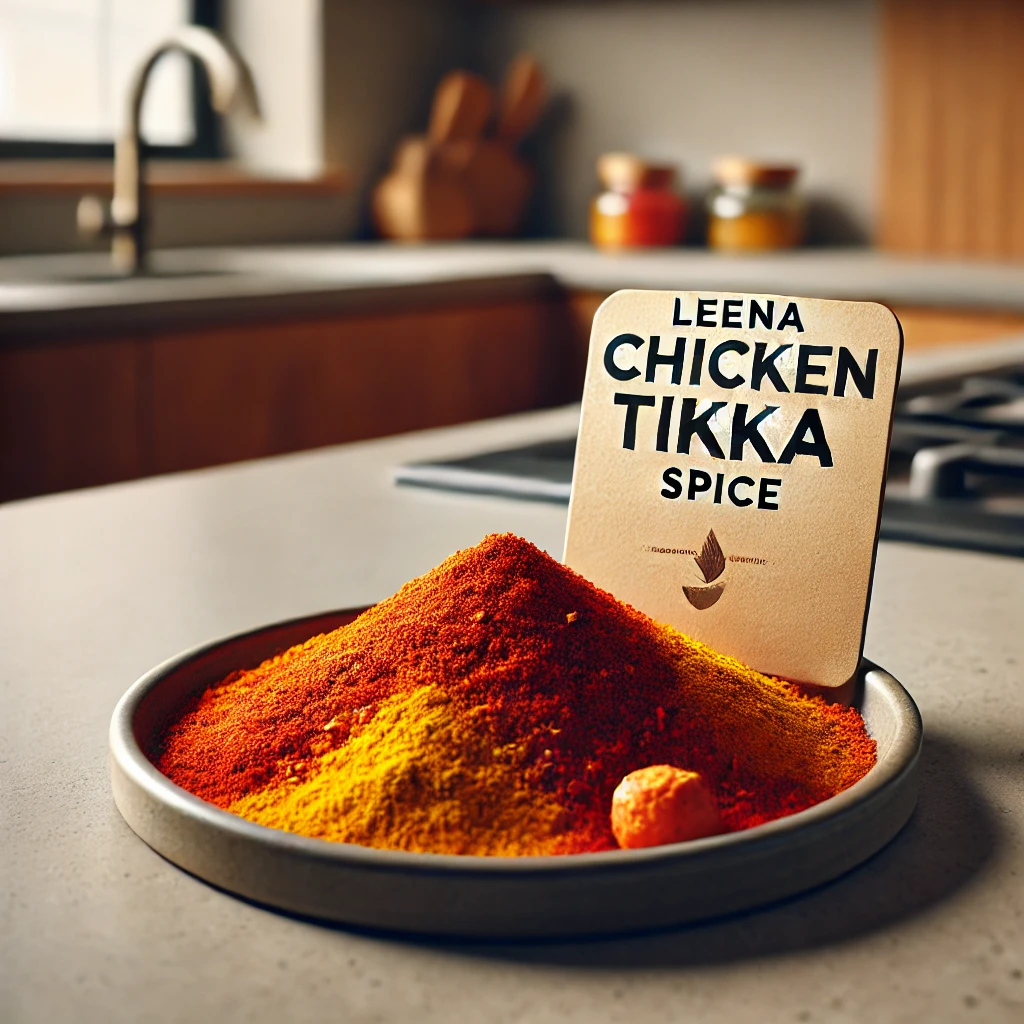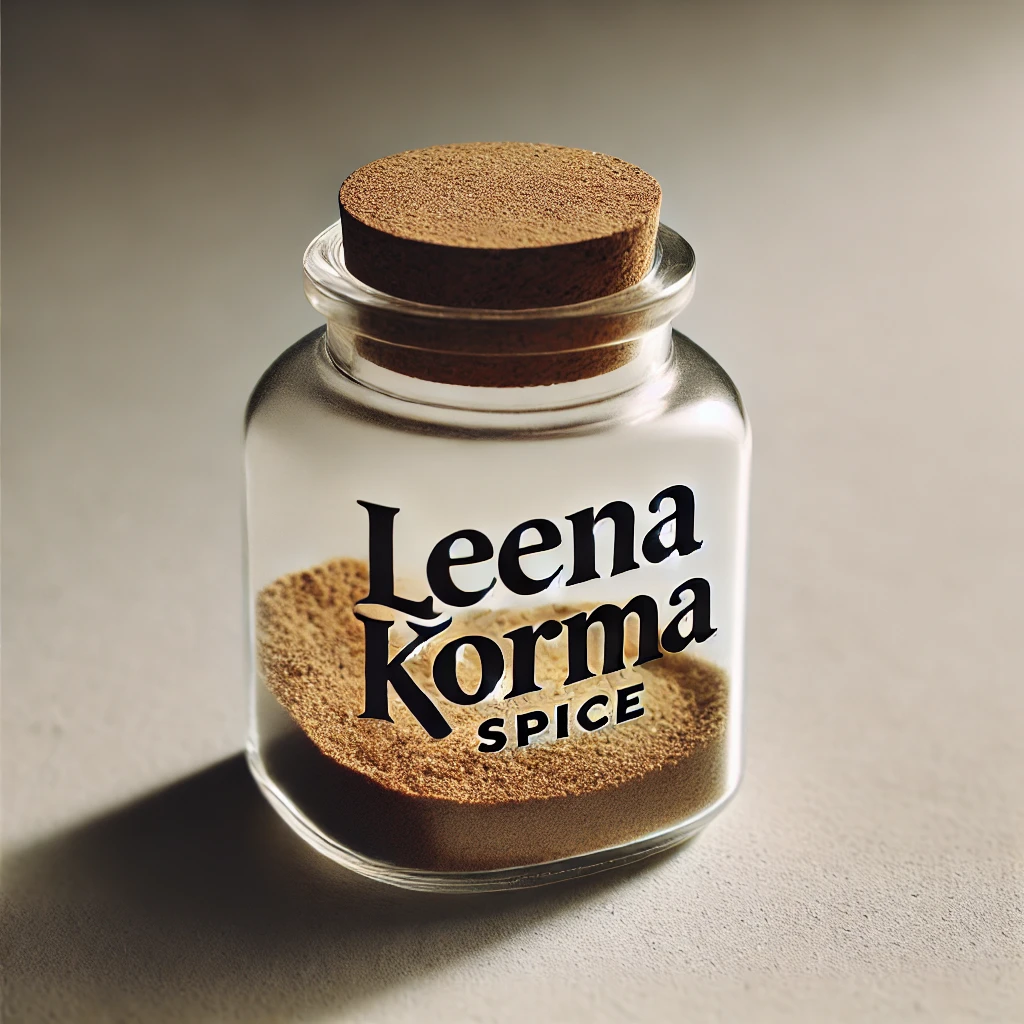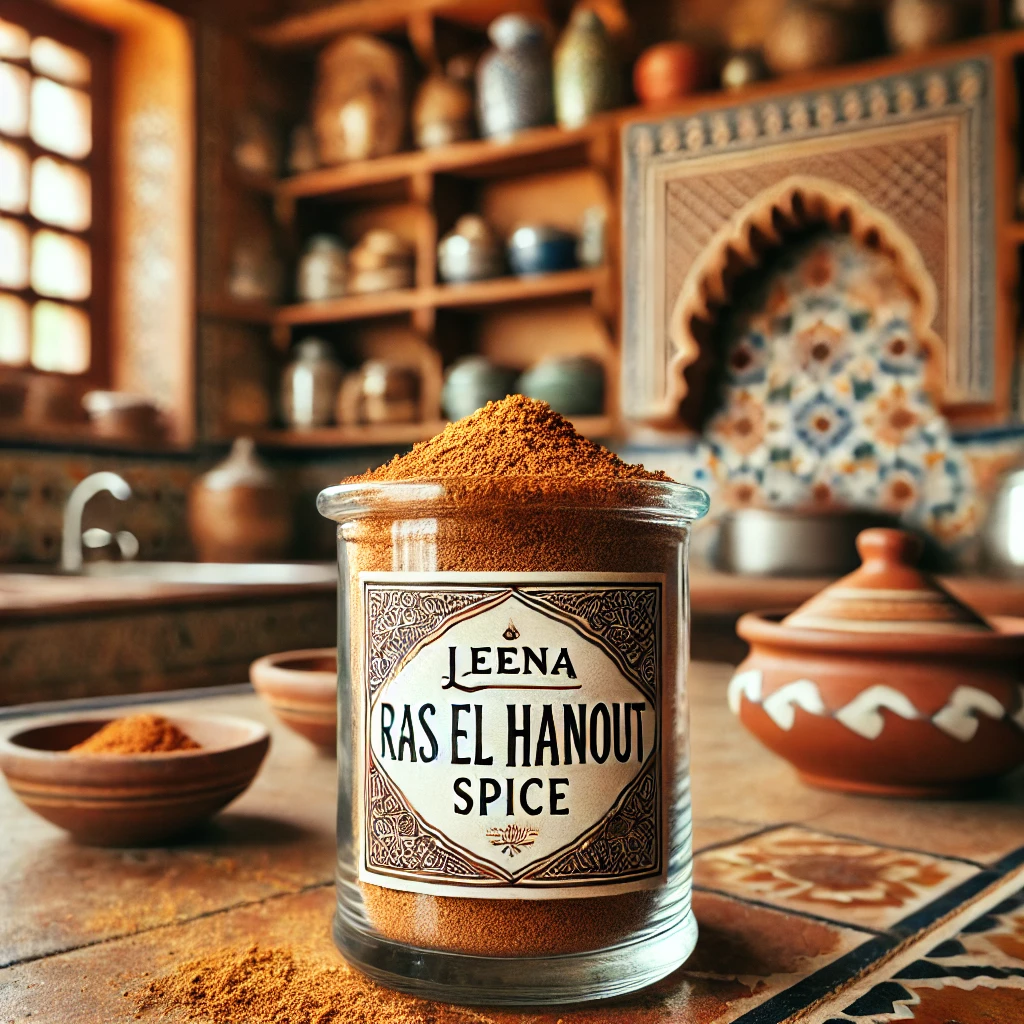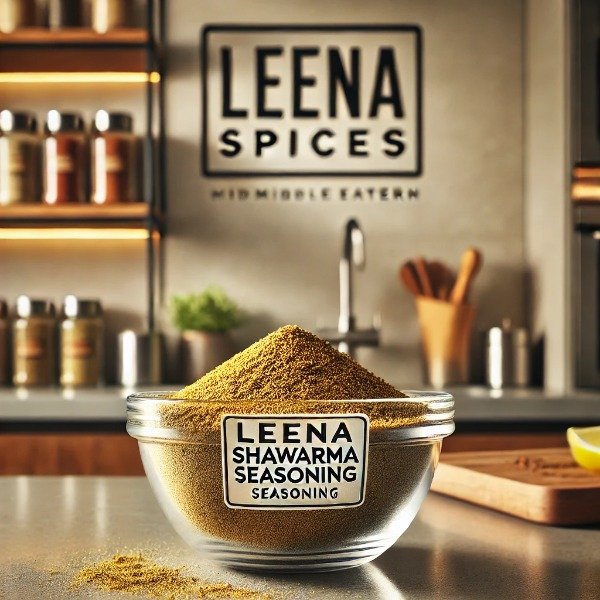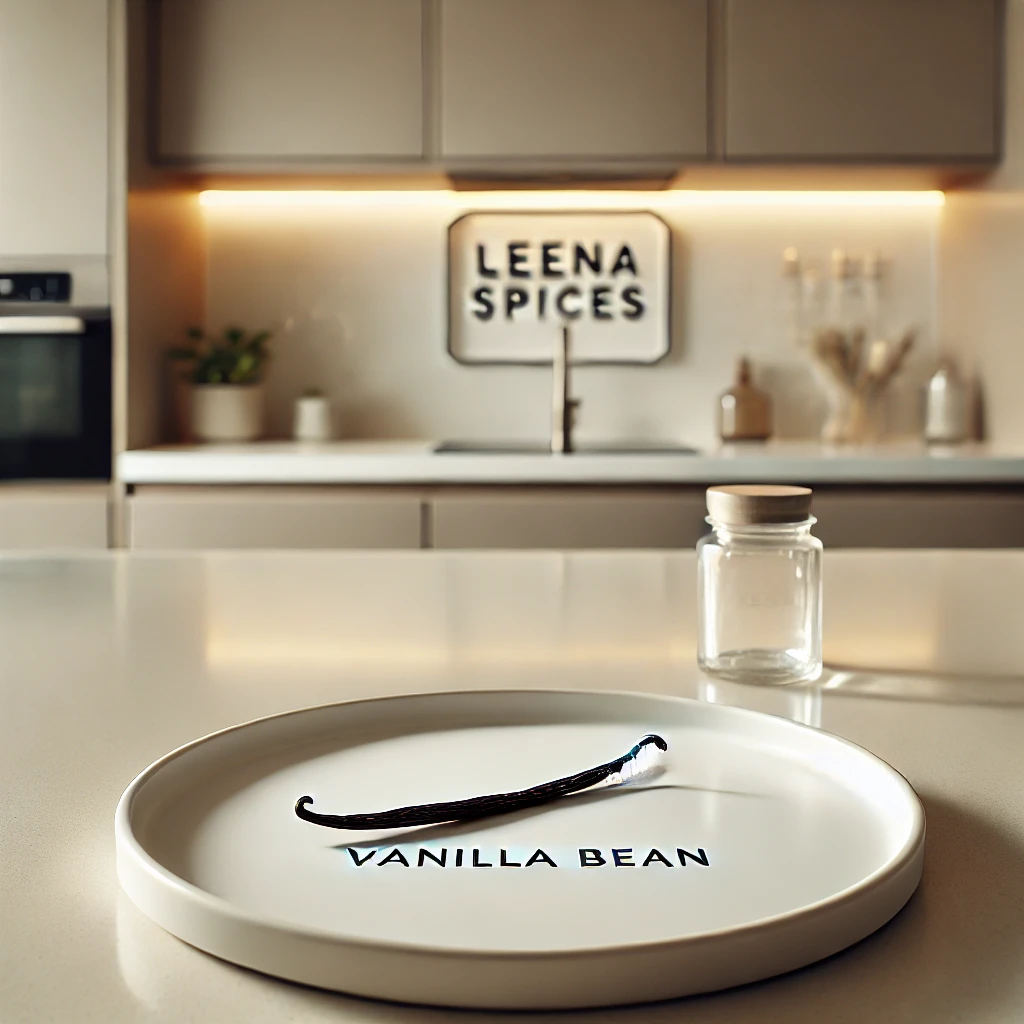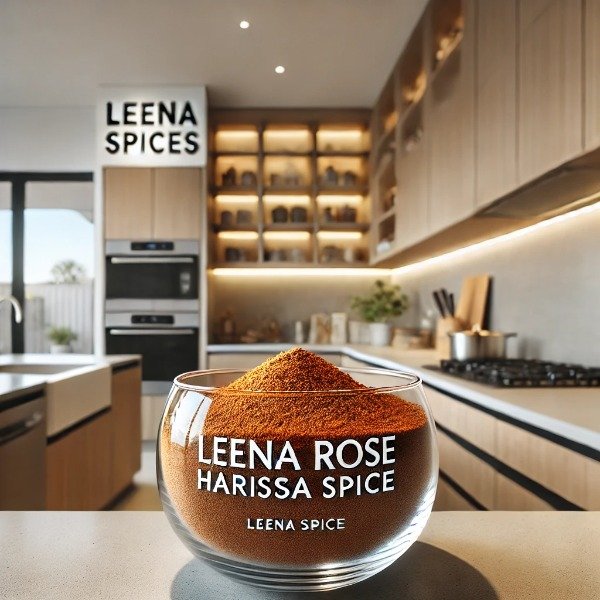Why Chia Seeds Are a True Superfood: How to Eat Them and Daily Tips for Optimal Health
Table of Contents
- Key Takeaways: Chia Seeds
- What Are Chia Seeds?
- Why Are Chia Seeds Considered a “Superfood”?
- What are the health benefits of chia seeds?
- How do you eat chia seeds properly?
- How much chia seed should I eat per day?
- Is It Safe to Eat Chia Seeds Every Day?
- How Long Do Chia Seeds Last Once Opened?
- Can i buy chia seeds from Amazon?
- FAQs About Chia Seeds
- Conclusion
Key Takeaways: Chia Seeds
How much chia seed should I eat per day?
The recommended amount is 1 to 2 tablespoons (15–30 grams) per day. Start with 1 teaspoon if you’re new to chia seeds and gradually increase. Always drink plenty of water to support digestion.
Is it safe to eat chia seeds every day?
Yes, chia seeds are safe for daily use when consumed in moderation and properly hydrated. People with digestive issues, low blood pressure, or who take medications for diabetes should consult a doctor first.
How long do chia seeds last once opened?
Properly stored in an airtight container in a cool, dry place, chia seeds last 1 to 2 years. Refrigeration can extend their freshness to 3 years or more.
Can chia seeds go bad?
Yes. Chia seeds can become rancid over time. Signs of spoilage include a bitter taste, unpleasant smell, or visible mold. Always store them away from moisture and heat.
What’s the best way to eat chia seeds?
Soak them in water, milk, or smoothies, or mix them into yogurt, oats, or baked goods. Soaking makes them easier to digest and helps prevent discomfort.
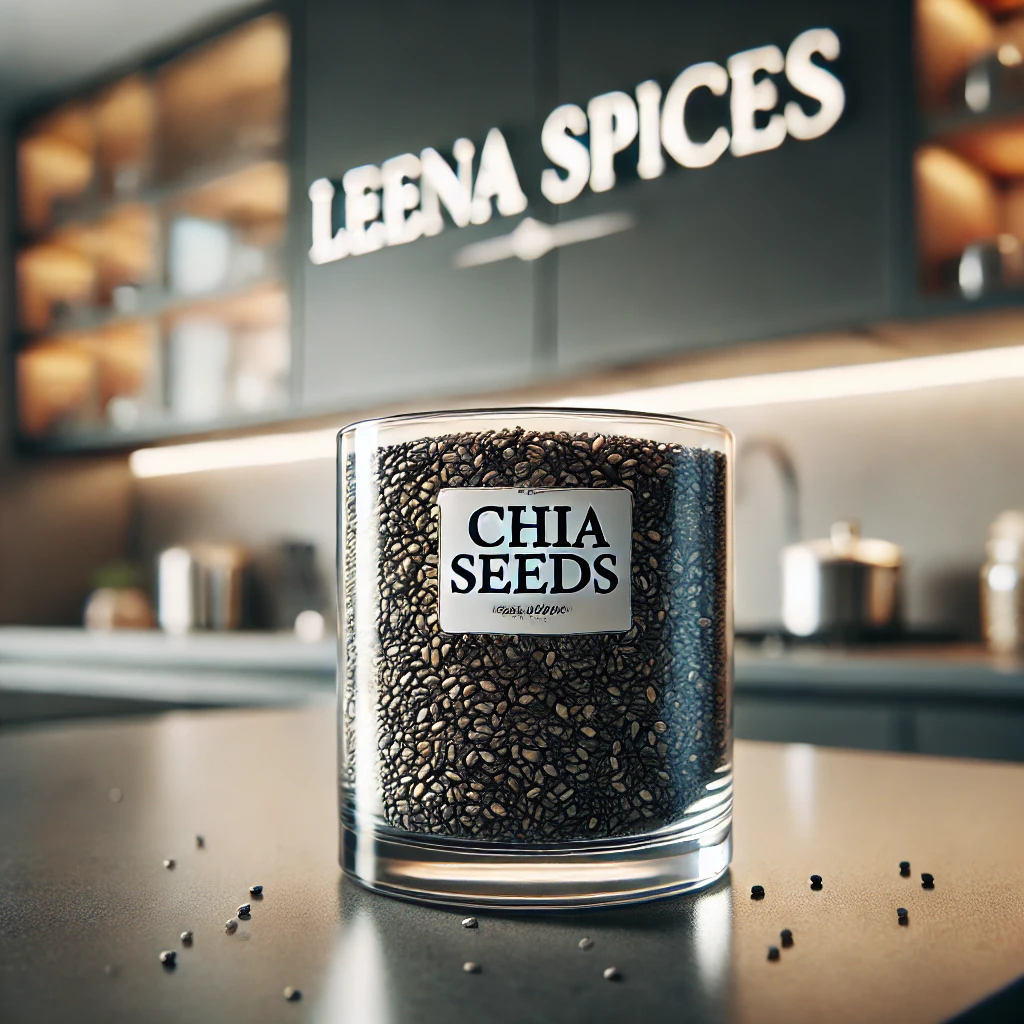
What Are Chia Seeds?
Chia seeds are tiny, oval-shaped seeds from Salvia hispanica, a flowering plant in the mint family native to Mexico and Guatemala. Despite their small size, they’re packed with nutrition rich in fiber, plant-based protein, omega-3 fatty acids, antioxidants, and essential minerals such as calcium and magnesium.
One of their most distinctive features is their ability to absorb up to 12 times their weight in liquid, forming a soft, gel-like texture. This makes them versatile in both sweet and savory recipes from smoothies and puddings to baked goods and breakfast bowls. Naturally gluten-free and nutrient-dense, chia seeds have earned a reputation as a simple yet powerful superfood.
Why Are Chia Seeds Considered a “Superfood”?
Chia seeds have earned their reputation as a “superfood” because they pack an impressive range of nutrients and health benefits into a very small serving. Just a tablespoon or two delivers a powerhouse combination of fiber, protein, omega-3 fatty acids, antioxidants, and essential minerals, all of which contribute to overall wellness and disease prevention.
One of the main reasons chia seeds stand out is their exceptional nutrient density. An ounce (about two tablespoons) provides nearly 10 grams of fiber, which supports digestion, promotes gut health, and helps maintain steady blood sugar levels. This fiber also creates a feeling of fullness, making chia seeds a great choice for weight management.
They’re also one of the richest plant-based sources of omega-3 fatty acids, particularly alpha-linolenic acid (ALA), which supports heart health by reducing inflammation and improving cholesterol levels.
In addition, chia seeds are a complete plant protein, containing all nine essential amino acids. This makes them valuable for muscle repair, metabolism, and energy balance.
Their antioxidant and mineral content is equally impressive. Compounds like quercetin and chlorogenic acid help combat oxidative stress, while minerals such as calcium, magnesium, and phosphorus contribute to bone strength and overall vitality.
What are the health benefits of chia seeds?
Health Benefits of Chia Seeds
Chia seeds may be small, but they deliver an impressive range of science-backed health benefits. Their unique combination of fiber, omega-3 fatty acids, protein, antioxidants, and minerals makes them one of the most nutrient-dense foods you can add to your diet.1. Supports Digestive and Gut Health
Chia seeds are rich in both soluble and insoluble fiber — about 10 grams per ounce. This fiber helps keep digestion regular, prevents constipation, and supports the growth of beneficial gut bacteria. When soaked, chia seeds form a gel-like coating that slows digestion, improving nutrient absorption and promoting a healthy gut environment.2. Promotes Heart Health
As one of the best plant-based sources of omega-3 fatty acids (especially alpha-linolenic acid or ALA), chia seeds help protect the heart by lowering triglycerides, reducing inflammation, and improving cholesterol balance. Their magnesium and potassium content may also help regulate blood pressure and overall cardiovascular function.3. Aids in Blood Sugar Regulation and Weight Management
The combination of soluble fiber and protein in chia seeds helps slow the digestion of carbohydrates, which prevents sharp spikes in blood sugar after meals. This steady energy release can benefit people managing diabetes or insulin resistance. Additionally, the seeds expand when hydrated, helping you feel fuller for longer and naturally supporting weight management.4. Strengthens Bones and Teeth
Chia seeds are a valuable source of bone-building nutrients, including calcium, magnesium, and phosphorus. Just one ounce provides about 18% of the daily recommended intake of calcium — making them an excellent option for those who avoid dairy. These minerals work together to maintain strong bones, teeth, and overall skeletal health.5. Rich in Antioxidants
Packed with antioxidants like quercetin, chlorogenic acid, and caffeic acid, chia seeds help neutralize free radicals — the unstable molecules that contribute to cell damage and aging. These compounds support immune function, reduce inflammation, and may help lower the risk of chronic diseases such as heart disease, diabetes, and certain cancers.6. A Complete Plant-Based Protein Source
Chia seeds provide all nine essential amino acids, making them a complete protein — a rare quality among plant foods. This makes them an excellent addition for vegetarians, vegans, or anyone looking to increase plant-based protein intake. Protein helps repair tissues, balance blood sugar, and maintain lean muscle mass.7. Supports Hydration and Energy
Because chia seeds absorb up to 12 times their weight in liquid, they help retain moisture and prolong hydration — particularly useful for athletes or during warm weather. The slow energy release from their balanced nutrients also helps sustain stamina throughout the day.Tip: For easier digestion and better nutrient absorption, soak chia seeds before eating. Start with small amounts if you’re new to high-fiber foods.How do you eat chia seeds properly?
How to Eat Chia Seeds Properly
Chia seeds are easy to add to your diet, but because of their high fiber content and strong ability to absorb liquid, it’s important to consume them the right way for both safety and optimal digestion.1. Soak or Hydrate Before Eating
The safest and most effective way to eat chia seeds is to soak them in liquid before consuming. When dry seeds contact moisture, they swell and form a gel-like coating — a process that can occur in your throat or stomach if eaten without enough liquid. Soaking prevents this and makes the nutrients easier to digest and absorb.- Ratio: Mix 1 part chia seeds with 4 to 9 parts liquid (such as water, milk, or juice).
- Time: Let them sit for at least 15–30 minutes, or refrigerate overnight for a thicker, pudding-like texture.
- Result: The seeds will expand, becoming soft and easier to chew and digest.
2. Add to Moist Foods
If you prefer not to soak them separately, add chia seeds directly to moist foods like yogurt, oatmeal, smoothies, or overnight oats. The natural liquid in these foods hydrates the seeds gradually, preventing discomfort.3. Try Ground Chia Seeds
Grinding chia seeds helps improve nutrient absorption, particularly omega-3 fatty acids, since the outer shell becomes easier to break down. Use a coffee grinder or blender to create a fine powder and add it to smoothies, porridge, or baking recipes.4. Use Them in Cooking and Baking
Chia seeds are versatile and can be added to many recipes:- Chia pudding: Mix ¼ cup chia seeds with 1 cup milk (dairy or plant-based) and a natural sweetener. Refrigerate overnight.
- Chia fresca (chia water): Stir 1 tablespoon seeds into 8–12 ounces of water or juice, let sit for 10–15 minutes, and add lemon or lime for flavor.
- Smoothies: Add 1–2 tablespoons of soaked or dry chia seeds to boost texture, fiber, and nutrients.
- Baking: Stir them into muffin, bread, or pancake batters. You can also make a vegan “chia egg” by mixing 1 tablespoon of chia seeds with 3 tablespoons of water and letting it sit for 10–15 minutes.
5. Practice Portion Control and Stay Hydrated
A daily serving of 1–2 tablespoons (about 15–30 grams) is sufficient for most adults. Since chia seeds are rich in fiber, start with smaller amounts if you’re new to them, and drink plenty of water throughout the day to support healthy digestion and prevent bloating.6. Storage and Safety Tips
- Store chia seeds in an airtight container in a cool, dry place away from sunlight.
- Check for freshness — they should have no off smell or mold.
- People taking blood thinners, diabetes medications, or those with digestive issues should consult a healthcare professional before increasing their intake.
How much chia seed should I eat per day?
How Much Chia Seed Should You Eat Per Day?
For most adults, the ideal daily intake of chia seeds is 1 to 2 tablespoons (about 15 to 30 grams). This amount provides an excellent balance of nutrients without overwhelming your digestive system.
Why This Amount Works Best
- Nutrient Density: Two tablespoons (roughly 28 grams) supply about 10 grams of fiber, 4 grams of protein, and 5 grams of plant-based omega-3s (ALA), offering a meaningful boost to your daily nutritional needs.
- Digestive Comfort: While chia seeds are high in fiber, eating too much too quickly can cause bloating or gas. Keeping to 1–2 tablespoons a day helps your body adjust and maintain comfort.
- Ease of Use: This serving size mixes easily into smoothies, yogurt, oatmeal, or baked goods without noticeably altering flavor or texture.
If You’re New to Chia Seeds
Start small — with 1 teaspoon per day — and gradually increase to the full serving over a week or two. This gives your digestive system time to adapt to the higher fiber content, especially if you’re not used to eating much fiber.
Hydration Is Essential
Because chia seeds can absorb up to 12 times their weight in liquid, always soak them or add them to moist foods. If you prefer using dry seeds, drink plenty of water throughout the day to support healthy digestion and prevent discomfort.
Upper Limits and Precautions
Some people can tolerate up to 3–4 tablespoons daily without issue, but regularly exceeding 2 tablespoons isn’t necessary for most. Consuming too much can lead to digestive upset if hydration is insufficient.
If you’re taking medication for blood pressure, diabetes, or blood thinning, or have a digestive condition such as IBS, consult your healthcare professional before significantly increasing your chia intake.
Related Posts You May Like
29 unique recipes and creative ways to use cinnamon sticks in cooking
7 Exciting Ways to Grow, Harvest, and Freeze Red Capsicum Bell Peppers
3 Smart Cooking Ideas on a Zero Budget: Save Time Energy and Money
8 Surprising Reasons to Add Chandrashoor Asario Seeds to Your Diet Today
Is It Safe to Eat Chia Seeds Every Day?
Yes, for most people, chia seeds are perfectly safe to eat every day, provided they’re consumed in moderation and with enough water. In fact, a daily serving of chia seeds can be a simple way to boost your intake of fiber, omega-3 fatty acids, protein, and essential minerals.
Recommended Daily Amount
The ideal daily intake is 1 to 2 tablespoons (about 15 to 30 grams) of chia seeds. This provides excellent nutritional value without overloading your system with fiber. If you’re new to chia seeds or a high-fiber diet, begin with 1 teaspoon per day and gradually increase the amount to allow your digestive system to adjust comfortably.
Hydration Is Key
Chia seeds can absorb up to 10–12 times their weight in liquid. Because of this, they must be soaked or mixed with moist foods like yogurt, smoothies, or oatmeal before eating. If you prefer adding them dry, make sure you drink plenty of water throughout the day — at least 6 to 8 cups — to prevent any digestive discomfort.
Potential Side Effects (From Overconsumption)
When eaten responsibly, chia seeds are safe. However, eating too much or failing to hydrate properly can cause:
- Bloating or gas, especially for those not used to high-fiber foods.
- Constipation, if the seeds absorb water in the digestive tract without sufficient fluid intake.
- Low blood pressure or blood sugar, since chia seeds may have mild natural effects in these areas.
When to Be Cautious
Chia seeds are not suitable for everyone in unlimited amounts. It’s best to consult a healthcare professional if you:
- Are taking blood-thinning, blood pressure, or diabetes medications, since chia seeds may enhance their effects.
- Have a digestive disorder such as IBS or Crohn’s disease.
- Experience swallowing difficulties, as dry chia seeds can expand quickly and pose a choking risk.
- Have a seed allergy (though this is very rare).
How Long Do Chia Seeds Last Once Opened?
Proper Storage Tips
To maximize the shelf life of your chia seeds:- Use an airtight container: Transfer the seeds from their original packaging into a tightly sealed glass jar or plastic container to protect them from moisture and air.
- Keep them cool, dry, and dark: Store the container in a pantry or cupboard away from direct sunlight, stoves, or any heat sources.
- Avoid humidity: Moisture is the main reason chia seeds spoil early. Always ensure utensils and containers are completely dry before scooping or sealing.
- Refrigerate or freeze for longer storage (optional): Although not required, storing chia seeds in the refrigerator can extend their freshness for up to 3 years, and freezing them can preserve quality for 4 to 5 years, ideal if you buy in bulk.
How to Tell If Chia Seeds Have Gone Bad
Even with proper care, chia seeds can eventually lose their quality. Discard them if you notice:- A rancid, sharp, or unpleasant odor (fresh seeds should smell mild or slightly nutty).
- A bitter or off taste when sampled.
- Visible mold, clumps, or moisture inside the container.
Can i buy chia seeds from Amazon?
Yes, you can buy chia seeds from Amazon. The platform offers a wide variety of options, making it easy to find the type that suits your needs. Tap Here to go to Chia Seeds
You’ll find:
- Multiple Brands: From well-known names to smaller organic producers, offering both regular and premium chia seeds.
- Different Forms: Choose between whole or ground (milled) chia seeds depending on how you plan to use them.
- Various Sizes: Options range from small pouches to large bulk packs, which are often more cost-effective for regular users.
- Quality Choices: Many listings specify whether the seeds are organic, non-GMO, or sustainably sourced.
- Convenience: Amazon’s customer reviews, price comparisons, and delivery options (including Subscribe & Save) make it easy to buy and restock chia seeds from home.
FAQs About Chia Seeds
What is the best way to eat chia seeds?
Chia seeds can be eaten raw, soaked, or added to foods like smoothies, yogurt, oatmeal, salads, or baked goods. Soaking them in water or milk for at least 15–20 minutes helps improve digestibility and prevents them from swelling in your throat.
Do chia seeds need to be soaked before eating?
Soaking is not mandatory, but it’s highly recommended. Soaking allows chia seeds to absorb liquid, forming a gel that makes nutrients more bioavailable and easier on digestion. If eaten dry, ensure you drink plenty of water.
Can chia seeds help with weight loss?
Yes, chia seeds can support weight management. Their high fiber and protein content promote fullness and help regulate blood sugar, which can reduce overall calorie intake when part of a balanced diet.
Are chia seeds good for people with diabetes?
Chia seeds may help manage blood sugar levels by slowing carbohydrate absorption and preventing post-meal glucose spikes. However, people with diabetes should monitor blood sugar levels and consult their healthcare provider before increasing intake.
Can I eat chia seeds at night?
Yes, chia seeds can be consumed at night. In fact, soaking them overnight to make chia pudding or adding them to evening smoothies can help support digestion and hydration while you sleep.
Are chia seeds gluten-free?
Yes, chia seeds are naturally gluten-free and safe for people with gluten intolerance or celiac disease. They can also be used as a binder in gluten-free baking.
Do chia seeds expire?
Yes, but they have a long shelf life — typically 1 to 2 years when stored properly in a cool, dry, airtight container. Refrigeration can extend their freshness for up to 3 years or longer.
Can I give chia seeds to children?
Chia seeds can be safely added to a child’s diet in small amounts once they are eating solid foods. Always soak the seeds and start with a small portion to ensure good digestion.
Are there any side effects of eating chia seeds?
Chia seeds are safe for most people, but overconsumption or eating them dry without enough liquid can cause bloating, gas, or constipation. Those on blood pressure or diabetes medication should consult a doctor before regular use.
Can chia seeds be used for skin or hair health?
Yes. The omega-3 fatty acids, antioxidants, and minerals in chia seeds help nourish the skin, reduce inflammation, and promote healthy hair growth when consumed regularly as part of a balanced diet.
Conclusion
Chia seeds are a small but mighty superfood, packed with fiber, protein, omega-3s, antioxidants, and essential minerals. Whether you soak them for pudding, sprinkle them on yogurt, blend them into smoothies, or bake them into breads and muffins, incorporating chia seeds into your daily diet is simple and highly beneficial. Start with small amounts, stay hydrated, and enjoy the variety of ways these nutrient-dense seeds can support your heart, bone, digestive, and overall health.

